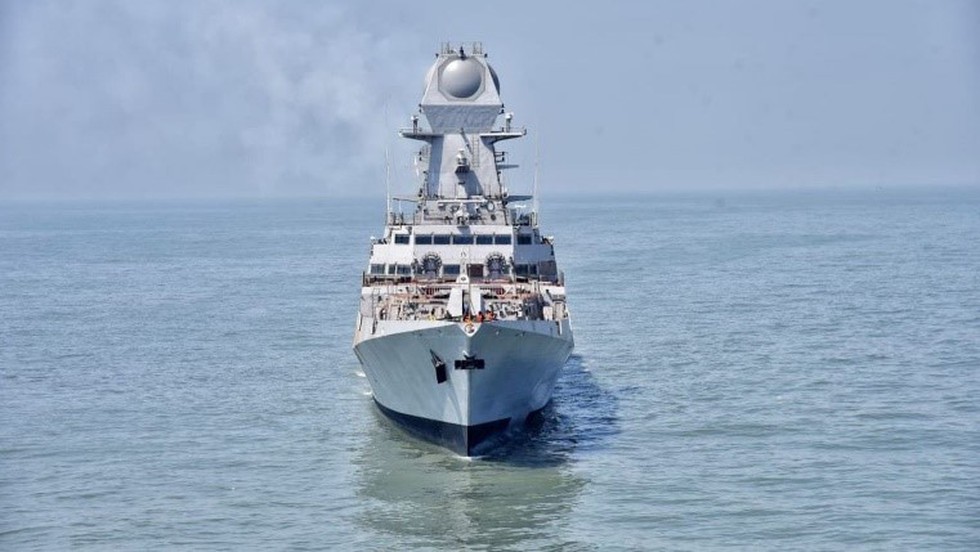
About INS Visakhapatnam:
- It is the lead ship and the first of the Indian Navy's Visakhapatnam-class stealth guided-missile destroyers.
- It was commissioned on November 21, 2021, is one of the largest destroyers in Indian Navy service.
- Features:
- Size: It measures 163m in length, 17m in breadth.
- Displacement: 7,400 tonnes.
- Propulsion: It is propelled by four powerful Gas Turbines, in a Combined Gas and Gas (COGAG) configuration.
- Speed: It is capable of achieving speeds in excess of 30 knots.
- The ship has enhanced stealth features resulting in a reduced Radar Cross Section (RCS) achieved through efficient shaping of hull, full beam superstructure design, plated masts and use of radar transparent materials on exposed decks.
- The ship is equipped to fight under Nuclear, Biological and Chemical (NBC) warfare conditions.
- Named after the historic city of Andhra Pradesh on the east coast, Visakhapatnam, the ‘City of Destiny’, the ship has a total complement of about 315 personnel.
Source : INS Visakhapatnam reaches Muscat to boost India-Oman maritime partnership

About Derivatives:
- A derivative is a contract between two parties which derives its value/price from an underlying asset.
- The commonly used assets are stocks, bonds, currencies, commodities and market indices.
- These instruments allow investors and traders to speculate on the price movements of the underlying asset without owning it directly.
- The value of the underlying assets keeps changing according to market conditions. The basic principle behind entering into derivative contracts is to earn profits by speculating on the value of the underlying asset in future.
- Derivatives serve various purposes, including hedging against risks, providing leverage, and facilitating price discovery.
- The most common types of derivatives are:
- Futures Contracts: A futures contract is an agreement between two parties to buy or sell an asset at a predetermined price on a specific future date. The underlying asset can be commodities, financial instruments, or indices.
- Options Contracts: An options contract gives the holder the right, but not the obligation, to buy (call option) or sell (put option) an underlying asset at a specified price (strike price) on or before a predetermined expiration date.
- Swaps: Swaps are agreements between two parties to exchange cash flows based on specific financial variables. Common types of swaps include interest rate swaps, currency swaps, and commodity swaps. Swaps are often used to manage interest rate risks, currency risks, or to change the nature of a debt obligation.
- Forwards: Forwards are similar to futures contracts but are not standardized or traded on exchanges. They are customized agreements between two parties to buy or sell an asset at a specified price on a future date.

About Foreign Exchange Reserves:
- What is it? Foreign Exchange Reserves (also called Forex Reserves) are reserve assets held by a central bank in foreign currencies.
- These may include foreign currencies, bonds, treasury bills, and other government securities.
- Reserves are denominated and expressed in the US dollar, which is the international numeraire for the purpose.
- RBI is the custodian of the Foreign exchange reserves in India.
- India’s foreign exchange reserves comprise of;
- Foreign currency assets (FCAs): These are maintained in currencies like the US dollar, euro, pound sterling, Australian dollar and Japanese yen.
- Gold
- SDR (Special Drawing Rights): This is the reserve currency with IMF.
- RTP (Reserve Tranche Position): This is the reserve capital with IMF.
- The biggest contributor to India’s Forex reserves is foreign currency assets, followed by gold.
- Purpose:
- They are used to back liabilities on their own issued currency, support the exchange rate and set monetary policy.
- To ensure that RBI has backup funds if their national currency rapidly devalues or becomes altogether insolvent.
- If the value of the Rupee decreases due to an increase in the demand of the foreign currency, then RBI sells the dollar in the Indian money market so that depreciation of the Indian currency can be checked.
- A country with a good stock of forex has a good image at the international level because the trading countries can be sure about their payments.
- A good forex reserve helps in attracting foreign trade and earns a good reputation with trading partners.
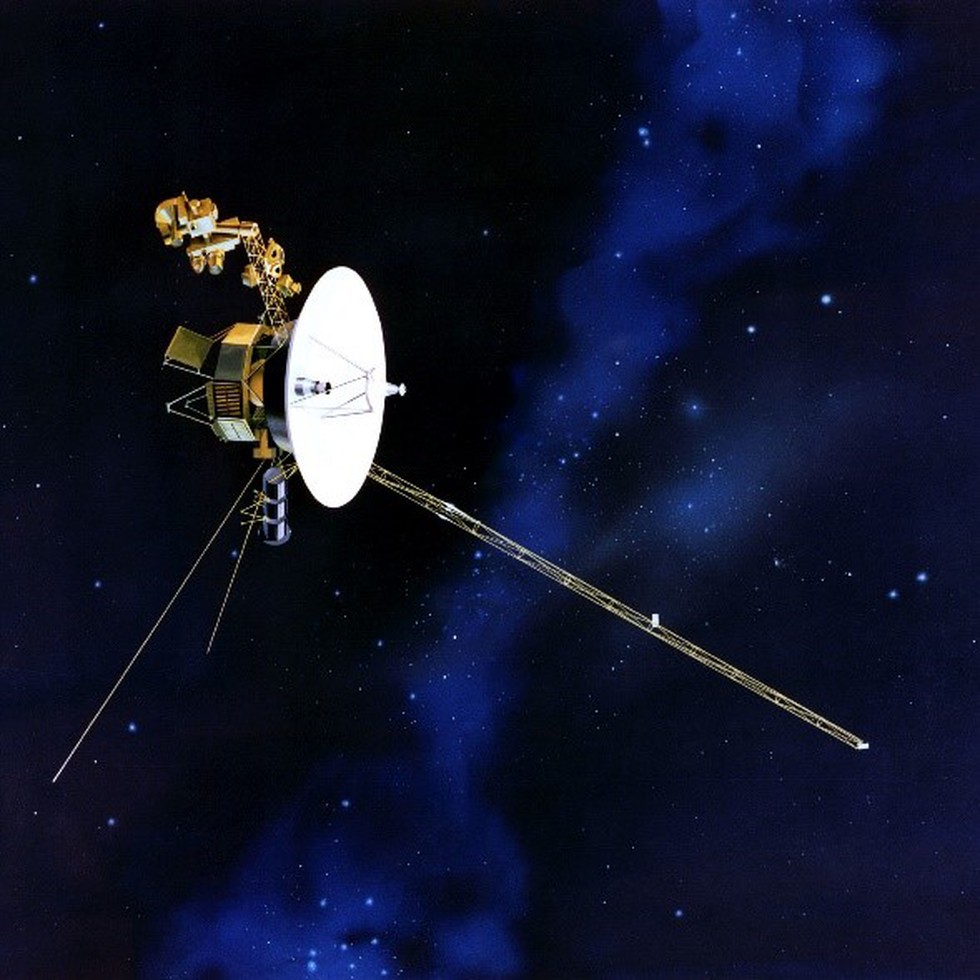
About Voyager 2 Spacecraft:
- It is a space probe launched by NASA on August 20, 1977.
- It is part of the Voyager program, which also includes Voyager 1.
- Primary mission: To study the outer planets of our solar system and their moons, and then continue on an interstellar mission.
- It is the second spacecraft to enter interstellar space. On Dec. 10, 2018, the spacecraft joined its twin—Voyager 1—as the only human-made objects to enter the space between the stars.
- It carries a Golden Record, a phonograph record containing sounds and images from Earth, intended to be a message to any potential extraterrestrial civilizations it might encounter in the future.
- Firsts:
- It is the only spacecraft to study all four of the solar system's giant planets at close range.
- It discovered a 14th moon at Jupiter.
- It was the first human-made object to fly past Uranus.
- At Uranus, Voyager 2 discovered 10 new moons and two new rings.
- It was the first human-made object to fly by Neptune.
- At Neptune, Voyager 2 discovered five moons, four rings, and a "Great Dark Spot."
What is the Interstellar Space?
- Interstellar space, also known as interstellar medium or interstellar void, is the vast expanse of space that exists between stars in a galaxy.
- It is the region of space beyond the influence of any individual star's gravity and magnetic fields.
- It is primarily composed of very low-density gas, dust, cosmic rays, and magnetic fields.
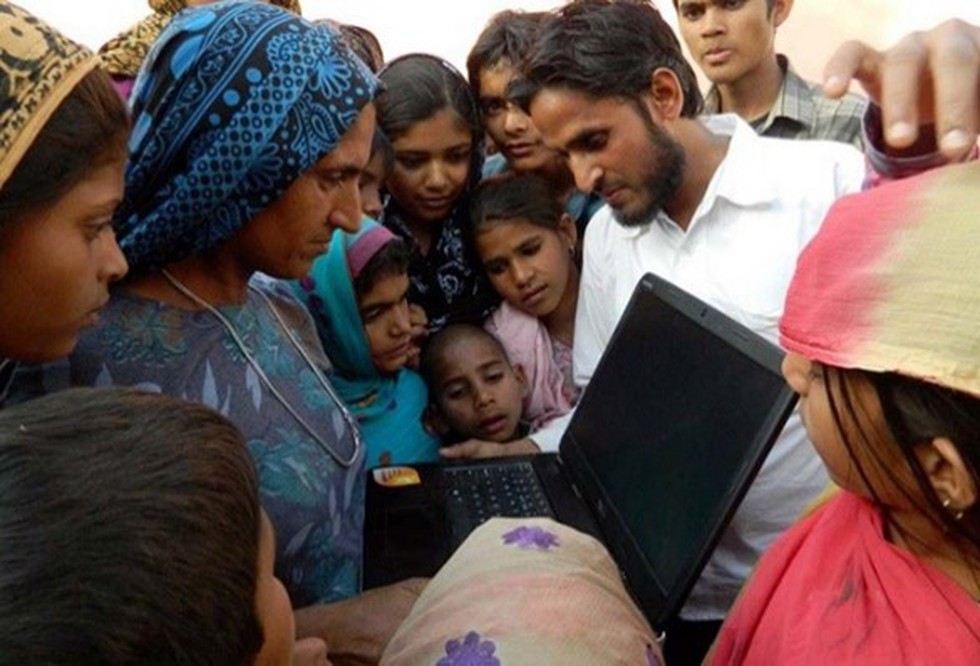
About National Digital Nagrik Forum:
- It is an online platform that aims to advance the rights of traders and consumers and other sections of society, and shape policy to boost the digital trade economy.
- The forum aims to raise awareness about digital regulations and help build the capacities of citizens to engage with innovation via expert sessions and instructional materials.
- Objective: To shape policy discourse around digital economy trade in India with a view to contributing to the Government of India’s vision of creating a trillion-dollar digital economy while maintaining an open, safe, trusted and accountable internet ecosystem.
- It will conduct awareness camps, digital and physical dialogues and trainings, as well as targeted outreach to stakeholders from government, private sector and civil society,
- It will focus on five core themes.
- The first pillar consists of consumer protection and online safety with a core focus on efficient grievance redressal.
- The pitfalls of digital cartelisation and how a level-playing field is necessary to discourage discriminatory and anti-competitive practices in the online world are part of the second pillar.
- Third, the potential of Indian digital technologies to not only transform retail and industrial trade but also boost employment and expand the investment footprint.
- Fourth, a first principles-based taxation policy that encourages certainty and productivity, especially for sectors with high growth potential, while preventing illegal activities such as tax evasion and money laundering.
- Finally, the forum will study emerging technologies, such as blockchain and artificial intelligence, to assess their impact on retail trade and, at the same time, safeguard consumers’ interests.
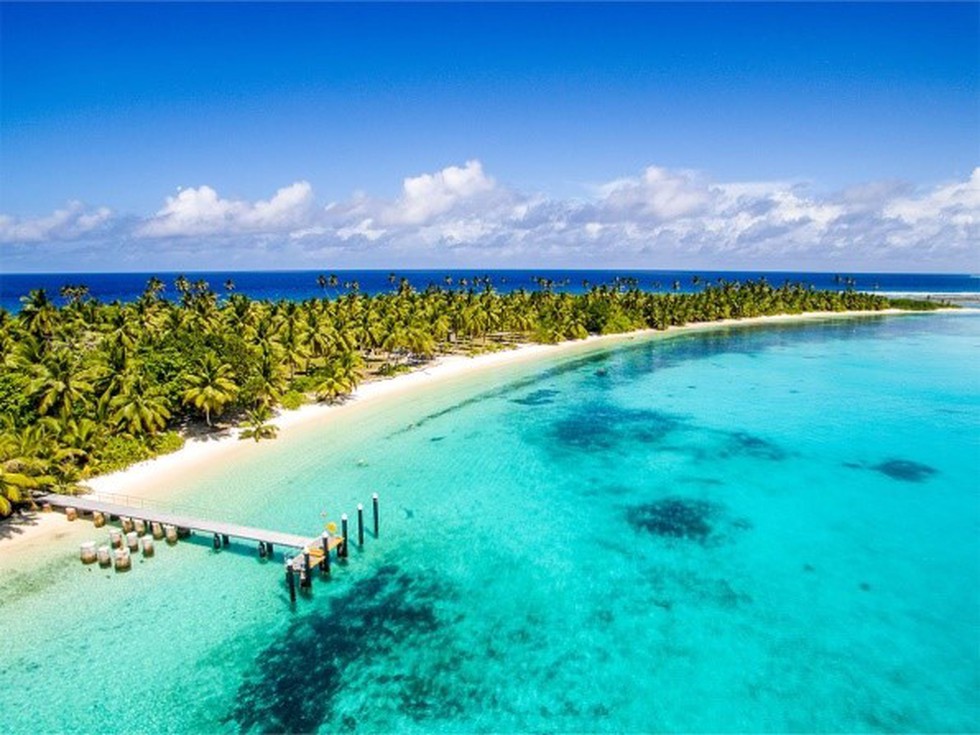
About Cocos (Keeling) Islands:
- The Cocos (Keeling) Islands lie in the eastern Indian Ocean, about 2,900 kilometers (1,800 miles) northwest of the Australian city of Perth.
- It comprises of coral atolls and islands, the archipelago includes North Keeling Island and the South Keeling Islands.
- The territory’s administrative headquarters are on West Island in the southern atoll.
- Climate: Warm and humid climate.
- Vegetation: The vegetation consists chiefly of coconut palms, which were formerly cultivated for copra on plantations.
- The northern atoll consists of Australia's most remote Commonwealth National Park, the Pulu Keeling National Park.
- On North Keeling and Horsburgh islands, coarse grass serves as a ground cover.
- The inhabitants of this Island are predominantly the descendants of the original plantation workers, mostly of Malay origin.
- Administration: An administrator appointed by the Australian governor-general is the senior governmental official in the Cocos. The islands became an Australian territory under the Cocos (Keeling) Islands Act 1955.
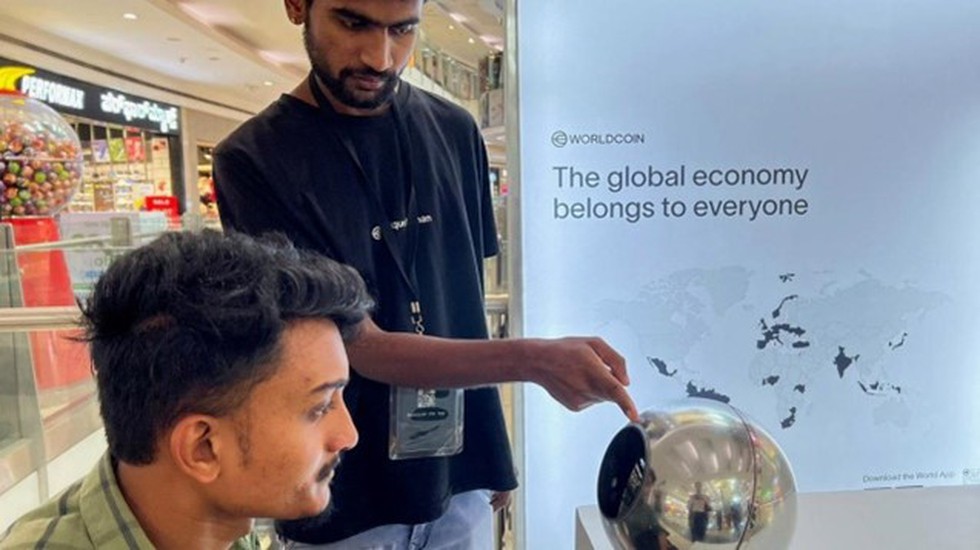
About Worldcoin Project:
- It is an initiative to create a digital network in which everyone can claim some kind of stake, and join the digital economy.
- This venture runs on a simple model: allow your eyes to be scanned in order to prove your human uniqueness, and receive some crypto and an ID (called a World ID) in exchange.
- Using a device called “Orb,” Worldcoin volunteers known as ‘Orb operators’ scan a person’s iris pattern to collect their biometric data and help them get a World ID through the World app.
- With the app, scanned participants can collect a cryptocurrency called Worldcoin [WLD] at regular intervals or make transactions with their World ID where possible.
- This process is called “proof of personhood” and makes sure that people do not sign themselves up multiple times in exchange for crypto.
- Worldcoin claims it is building the “world’s largest identity and financial public network” open to people worldwide.
- Worldcoin lists 18 locations — largely in Delhi, Noida, and Bangalore — where Orb operators are scanning people’s eyes.
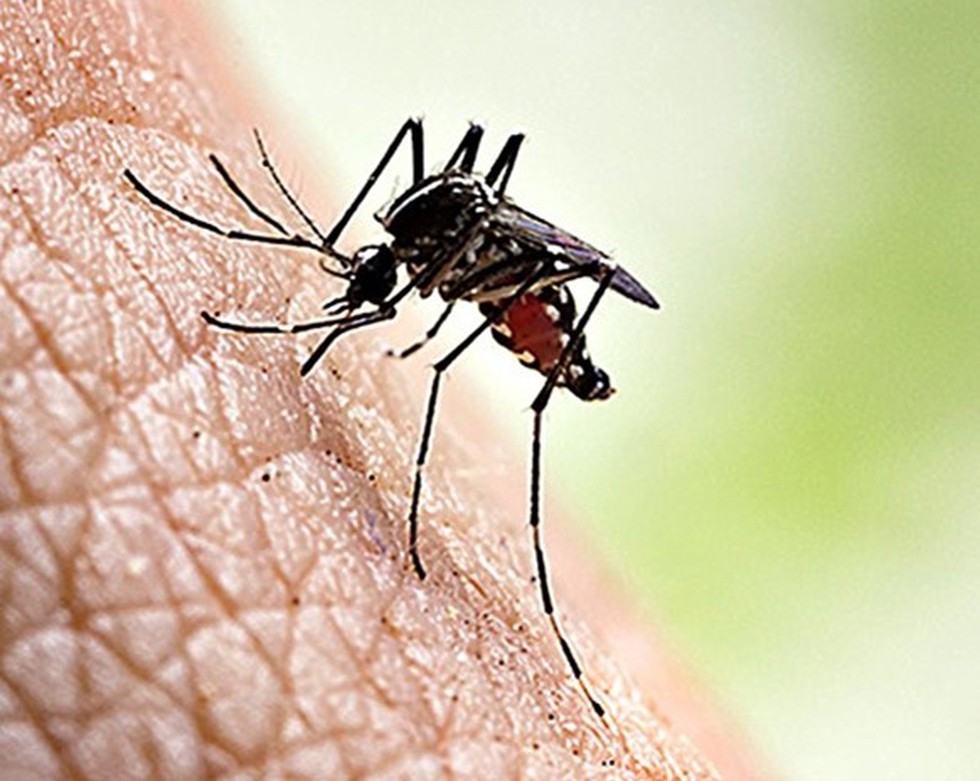
About Dengue:
- It is caused by the dengue virus (DENV)
- It is transmitted to humans through the bites of infected female mosquitoes, primarily the Aedes aegypti mosquito.
- The severe form of dengue fever, also called dengue hemorrhagic fever, can cause serious bleeding, a sudden drop in blood pressure (shock) and death.
- It is more common in tropical and subtropical climates.
- Symptoms: The most common symptoms are high fever, headache, body aches, nausea and rash.
- Most will also get better in 1–2 weeks but in severe cases it can be fatal.
- Treatment:
- There is no specific treatment for dengue.
- Early detection of disease progression associated with severe dengue, and access to proper medical care lowers fatality rates of severe dengue to below 1%.
- The dengue vaccine CYD-TDV or Dengvaxia was approved by the US Food & Drug Administration in 2019, the first dengue vaccine to get the regulatory nod in the US.
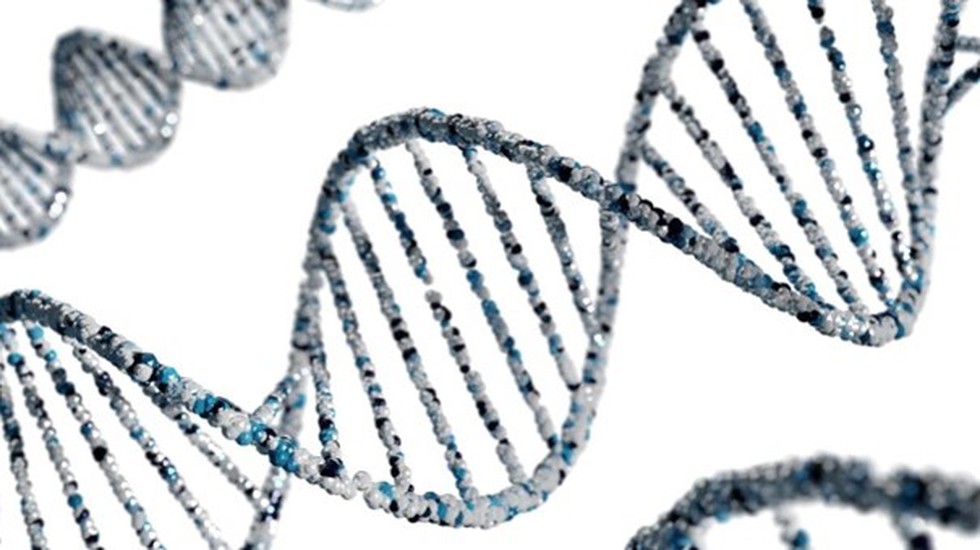
About Cell-free DNA:
- In the human body, most of the DNA in a genome is neatly packed inside cells with the help of specific proteins, protecting it from being degraded.
- In a variety of scenarios, some fragments of DNA are ‘released’ from their containers and are present outside the cell, in body fluids. These small fragments of nucleic acids are widely known as cell-free DNA (cfDNA).
How they are generated/released?
- It can be generated and released from a cell in a number of possible situations, including when a cell is dying and the nucleic acids become degraded.
- Since an array of processes modulates the degradation, the amount, size, and source of the cfDNA can vary across a range as well.
- This could occur together with a variety of processes, including those required for normal development, those related to the development of certain cancers, and those associated with several other diseases.
Applications of cfDNA
- One of the most widely used applications of cfDNA has been in screening foetuses for specific chromosomal abnormalities, an application known as non-invasive prenatal testing.
- It is useful tool to understand human diseases and to use the knowledge to improve diagnosis, monitoring, and prognosis.
- It is useful in understanding why a body is rejecting a transplanted organ.
- This could be used as a biomarker for neurological disorders like Alzheimer’s disease, neuronal tumours, stroke, traumatic brain injury,
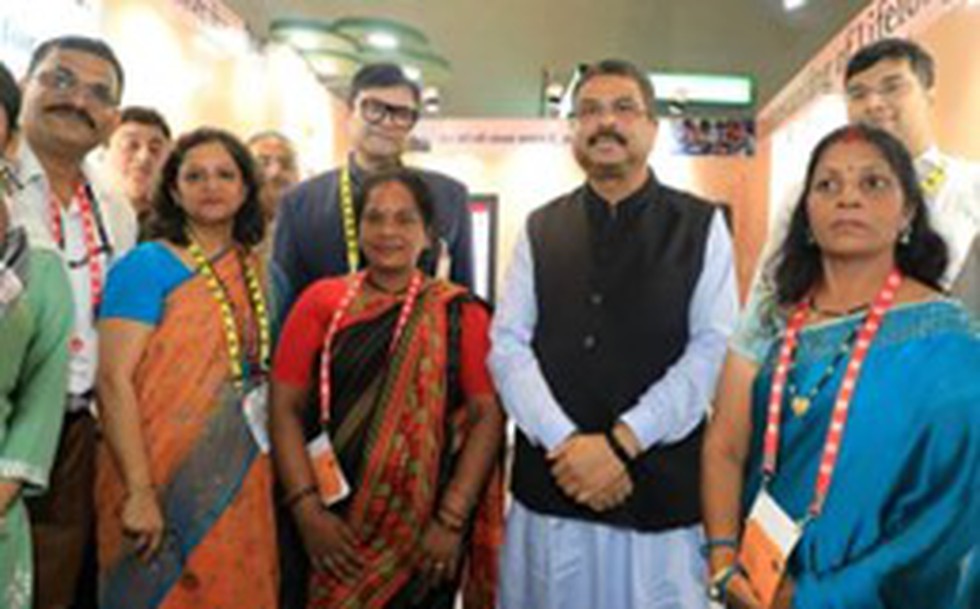
About ULLAS Initiative:
- The Understanding Lifelong Learning for All in Society (ULLAS) initiative is poised to revolutionise education and literacy across the nation.
- It is done by fostering a learning ecosystem that reaches every individual, bridging the gaps in basic literacy and critical life skills.
- It imparts basic education, digital and financial literacy and critical life skills to citizens aged 15 and above who lost on the opportunity to go to school. It is being implemented through volunteerism.
- Slogan of the Initiative: ULLAS: Nav Bharat Saksharta Karyakram.
- For this purpose ULLAS app was launched which is user-friendly and interactive app available both on android and ios.
- It will serve as a digital gateway for learners to engage in diverse learning resources through the DIKSHA portal of NCERT.
- The ULLAS app can be used for registration of learners and volunteers either through self-registration or by surveyors.
- Significance
- This app will focus on promoting functional literacy, vocational skills, and many important life skills like financial literacy, legal literacy, digital literacy, and empowerment of citizens to involve in nation-building of the country.
- It also fosters a culture of continuous learning and knowledge-sharing in communities across India.


.png)
.png)
.png)
























































































































































.png)
.png)
.png)
.png)
.png)


.png)
.png)
.png)





.png)
.png)






.png)
.png)
.png)
.png)
.png)
.png)
.png)
.png)
.png)

.png)







.png)
.png)


.png)
.png)
.png)


.png)

.png)
.png)





.jpg)

.png)
.png)


.png)

.png)
.png)
.png)

.jpg)

.jpg)


.png)

.png)
.png)
.png)
.png)
.png)
.png)
.png)




.png)

.png)





.png)
.png)
.png)
.png)
.png)
.png)
.png)
.png)
.png)
.png)
.jpg)
.jpg)

.png)
.png)
.png)
.png)
.png)
.png)
.png)
.png)
.png)
.png)
.png)
.png)
.png)
.png)
.png)
.png)
.png)
.png)
.png)
.png)
.png)
.png)



.png)
.png)

.jpg)
.jpg)


.jpg)
.jpg)
.jpg)
.jpg)
.jpg)

.jpg)








.jpg)
.jpg)
.jpg)
.jpg)
.jpg)

















.jpg)
.jpg)







.jpg)


















.jpg)
.jpg)






























































































.jpg)
.jpg)


























.jpg)

.jpg)










.jpg)








.jpg)




.jpg)










.jpg)


















.jpg)












































.jpg)














.jpg)
.jpg)
.jpg)





.jpg)

.jpg)
.jpg)





































































.jpg)


































.jpg)
.jpg)
















































.jpg)












.jpg)


.jpg)




.jpg)
.jpg)
.jpg)

.jpg)
.jpg)
.jpg)
.jpg)

.jpg)
.jpg)
.jpg)

.jpg)
.jpg)
.jpg)
.jpg)
.jpg)
.jpg)
.jpg)
.jpg)

.jpg)


.jpg)
.jpg)
.jpg)
.jpg)
.jpg)
.jpg)
.jpg)
.jpg)
.jpg)
.jpg)











.jpg)
.jpg)





.jpg)
.jpg)
.jpg)
























.jpg)
























.jpg)









.jpg)
.jpg)







.jpg)
.jpg)









































.jpg)
.jpg)
.jpg)
.jpg)
.jpg)

.jpg)
.jpg)
.jpg)
.jpg)
.jpg)


.jpg)
.jpg)
.jpg)
.jpg)
.jpg)

.jpg)
.jpg)
.jpg)
.jpg)
.jpg)
.jpg)
.jpg)
.jpg)
.jpg)
.jpg)
.png)

.png)
.png)

.png)
.png)
.png)
.png)


.jpg)
.jpg)

.jpg)
.jpg)
.jpg)

.png)
.png)
.png)
.png)
.png)
.png)
.png)

.png)
.png)
.png)
.png)
.png)
.png)
.png)
.png)
.png)
.png)





































































-min.png)



.png)




.png)








































